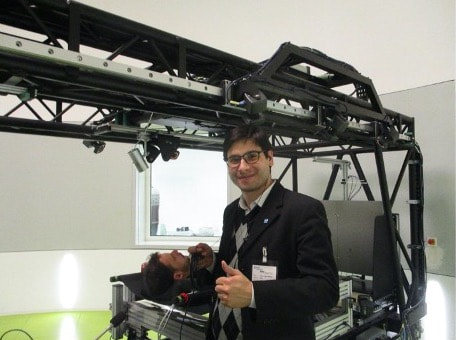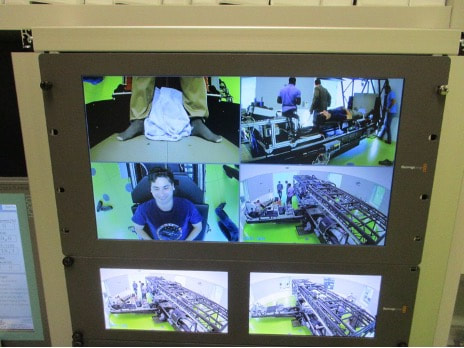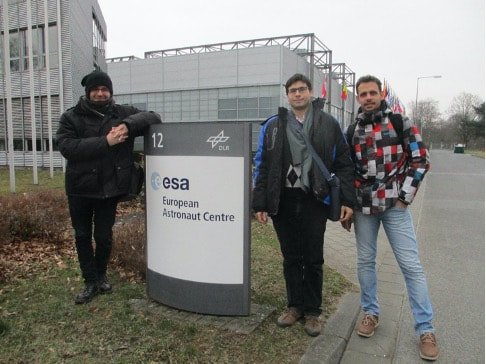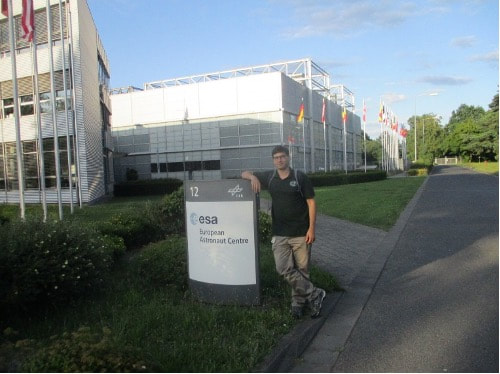Luis E. Luque Álvarez, M.Mus.Ed.Violin Teacher, Kittenberger Kálmán Primary & Arts School, Nagymaros, Hungary. Member of ELGRA Across centuries playing and listening to music has been an important human psycho-physiological communication path with or without lyrics. It is clear that in space sciences music has intervened in the life of most scientists as a motivational and alternative health resource. Pythagoras of Samos studied the physiological effect of certain scales and melodies on the human body, he believed each different modal scale would induce a different mood state to the listener or player. Several astronomers like the Galilei family, and William and Caroline Herschel, among others, were strongly connected to music, indeed they were exceptional musicians themselves.
And it was during the Apollo 9 mission when Rusty Schweickart carried a Sony Tape recorder, strictly for the purpose of providing a musical environment for the astronauts. Since then, astronauts have often highlighted the importance of music for their mission performance and have taken their music with them, indeed a tradition of wake-up calls from Mission Control has long been established to begin the astronauts’ days. These anecdotes indicate how strong is the importance of music, at least psychologically, perhaps physiologically too, for astronauts under the stress and pressures caused by the confinement of a spaceflight mission. Music for Space ProjectAs a music student in 2016 I became curious about the idea of experimenting with the effect of listening to and playing music in space. At that time, I didn’t find much scientific literature about the effects of music in microgravity, hypogravity or hypergravity. Music has been highlighted only as a leisure practice and for psychological support, though I believe it provides much more than that. In 2018, I was lucky enough to have the support of the ESA Education Office, DLR, European Astronaut Centre and the European Low Gravity Research Association, teaming up with some French and Hungarian students to perform a first experiment using personalized music intervention as a psycho-physiological countermeasure under exposure to hypergravity in a Short Arm Human Centrifuge. During the ESA Spin Your Thesis Human Edition programme, our student team, along with two others (SpinKings and Spin Doctors), were able to perform some very interesting research in different space physiology fields. Our research involved 10 male participants, divided equally into two groups of 5, and spinning them in the centrifuge at 1Gz and 1.5Gz of hypergravity, with one group listening to a different style of music per spinning protocol, while the other group were spun without music. We recorded many different variables, including sociocultural background, psychological mood states, muscle tone, and galvanic skin response, among others. Preliminary results have shown there is a clear tendency in the effect of music to decrease the tension, anxiety levels compared with the control group without music, and there was a certain stabilisation of stress muscles, which previous centrifuge studies have shown to be affected in a different way. Currently, the data is being re-analysed with the cooperation of scientists at ESA aiming to publish the complete data results. Since the Spin Your Thesis Human Edition campaign, the audio device with stereo signal installed specifically for the music experiment still remains attached to the short arm human centrifuge, where nowadays ESA astronauts and study participants can enjoy their favourite music playlist on the centrifuge.
This experiment was the initial phase of the Music For Space project, which aims to continue the research with music as a psycho-physiological countermeasure to improve astronaut’s health with alternative medicine methods and perhaps one day for Earth citizens as well. We have in music history thousands of music styles, genres, instrumentations, and performance versions. To determine their specific benefits or disadvantages, we would need to perform more terrestrial tests, such as using a human centrifuge, parabolic flights, and analog simulations. In addition to music listening, I aim to measure in space how the playing of musical instruments could support brain, muscles, and bone health. Further studies could lead us to obtain enough data to approach an adequate and systematic music therapy method for spaceflight crews. I encourage all students and young researchers from fields that seem to be far from space sciences to feel curious, to pursue your dreams and to try the student experiments offered by the ESA Education Office. These are an unforgettable life experience and a wonderful opportunity for students to contribute to space-related research.
Matilde
3/12/2020 08:50:41 am
Me parece muy importante esta investigación emprendida por Luis E Luque A, creo que debería dársele continuidad a esta investigación por el bien de los astronautas. Comments are closed.
|
Welcometo the InnovaSpace Knowledge Station Categories
All
|
UK Office: 88 Tideslea Path, London, SE280LZ
Privacy Policy I Terms & Conditions
© 2024 InnovaSpace, All Rights Reserved





 RSS Feed
RSS Feed